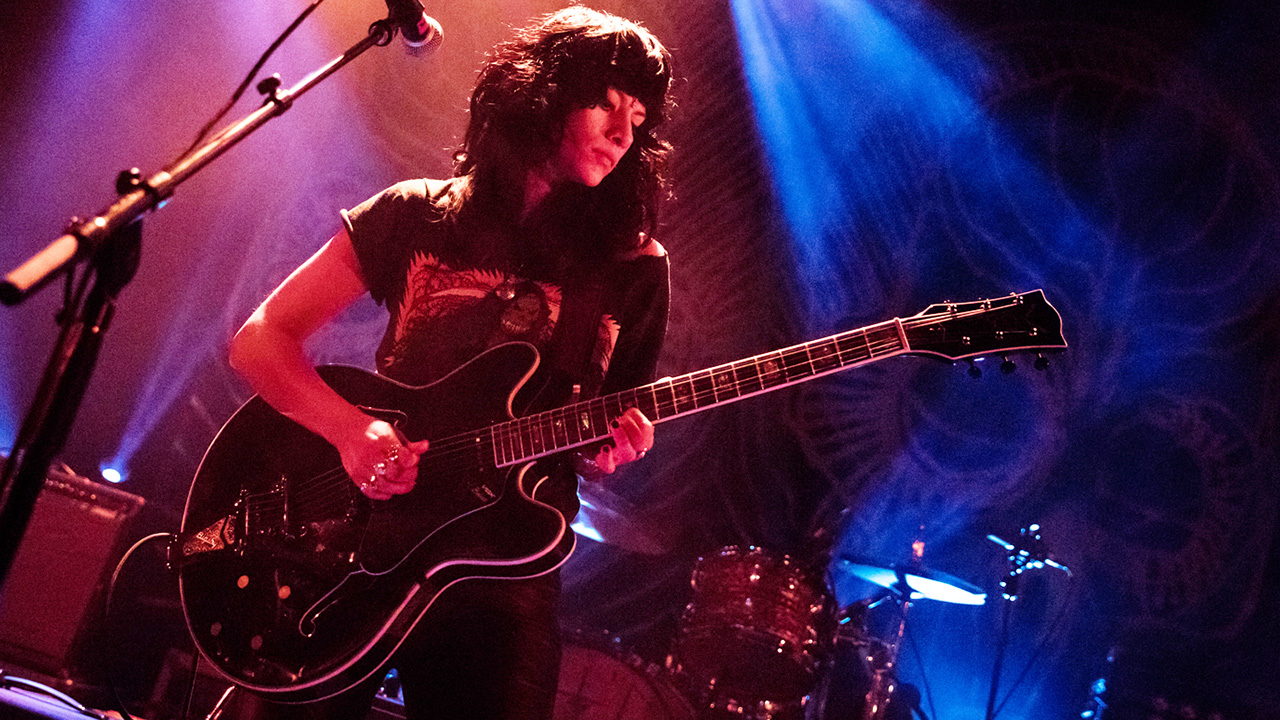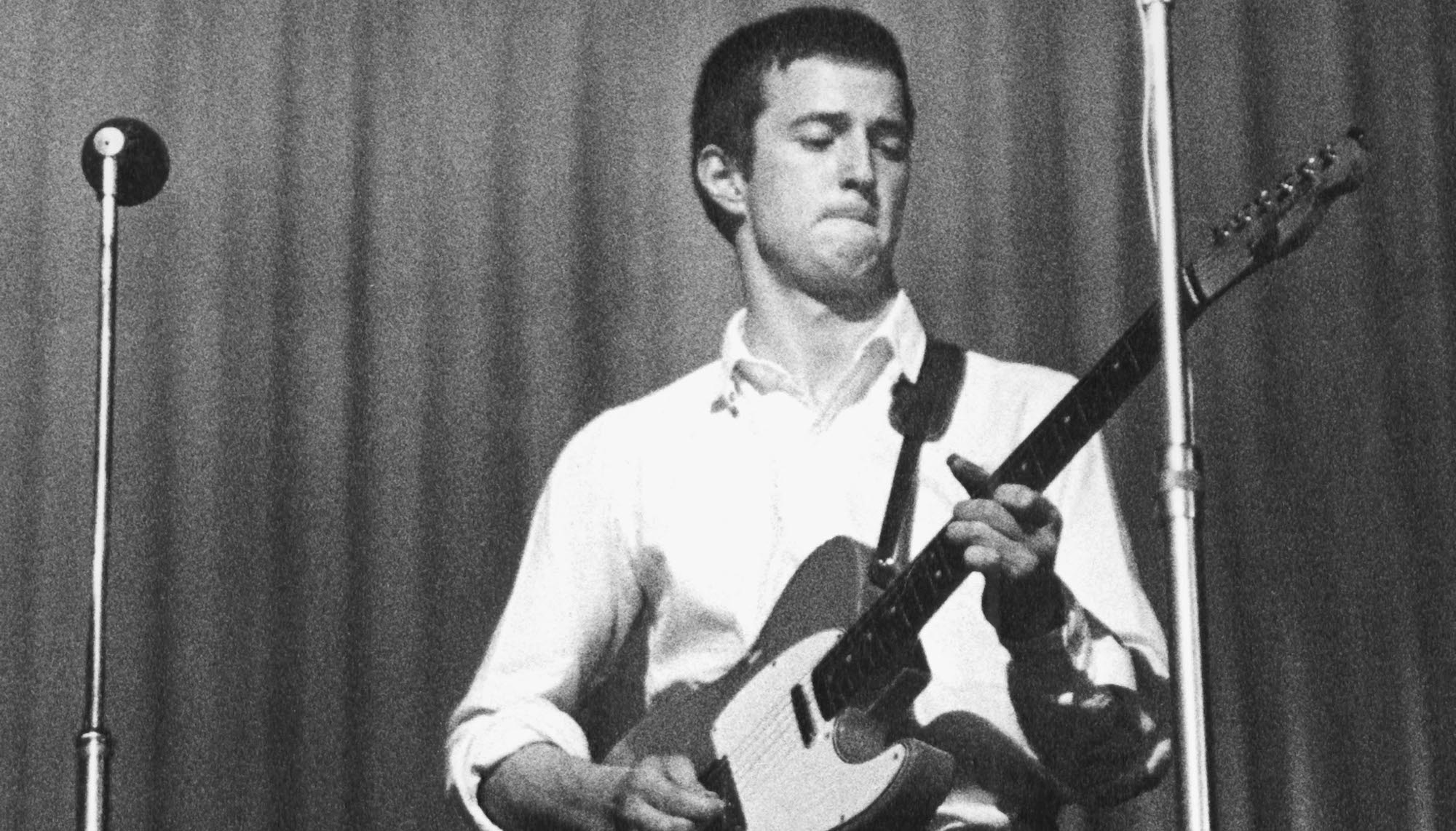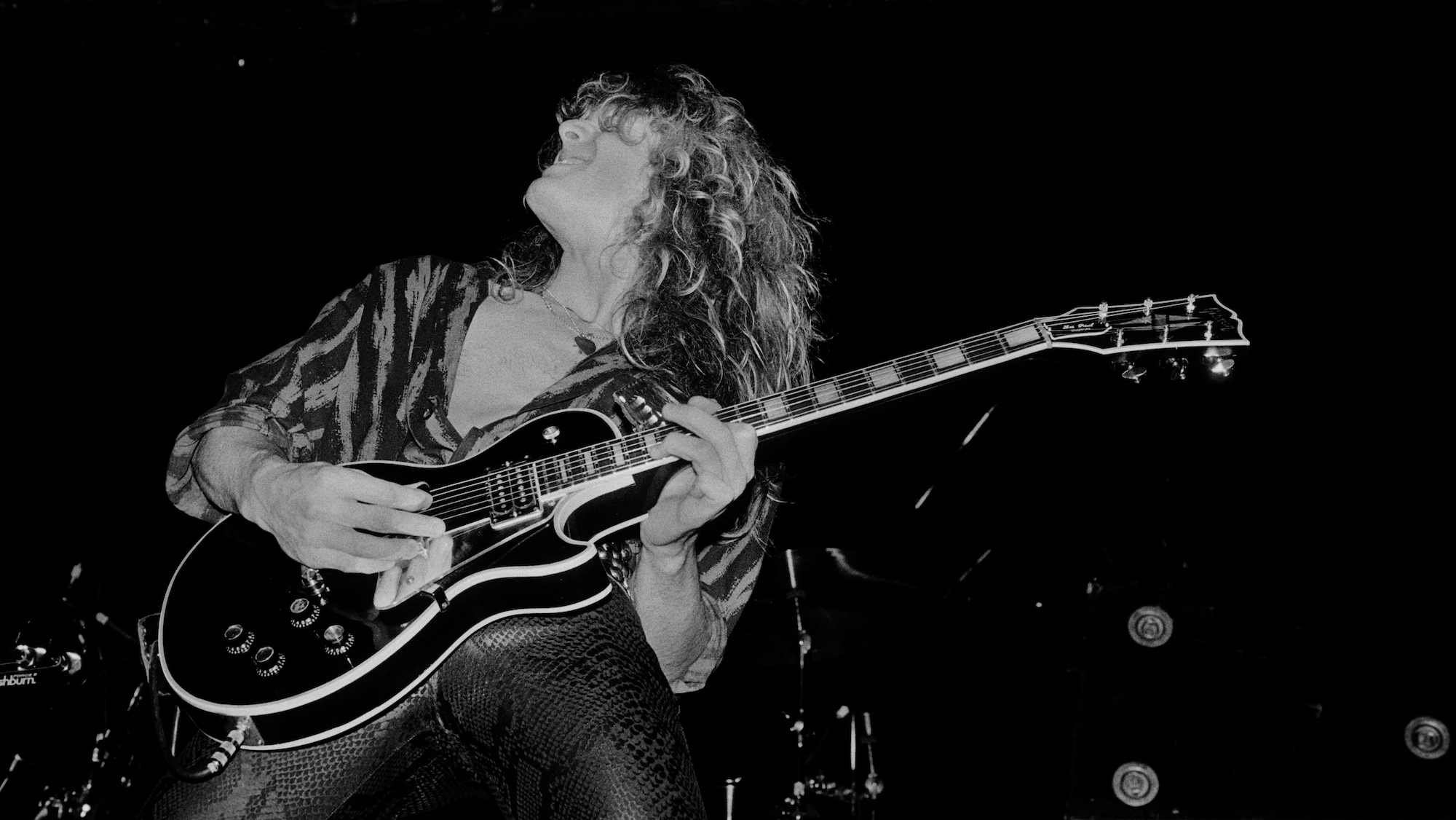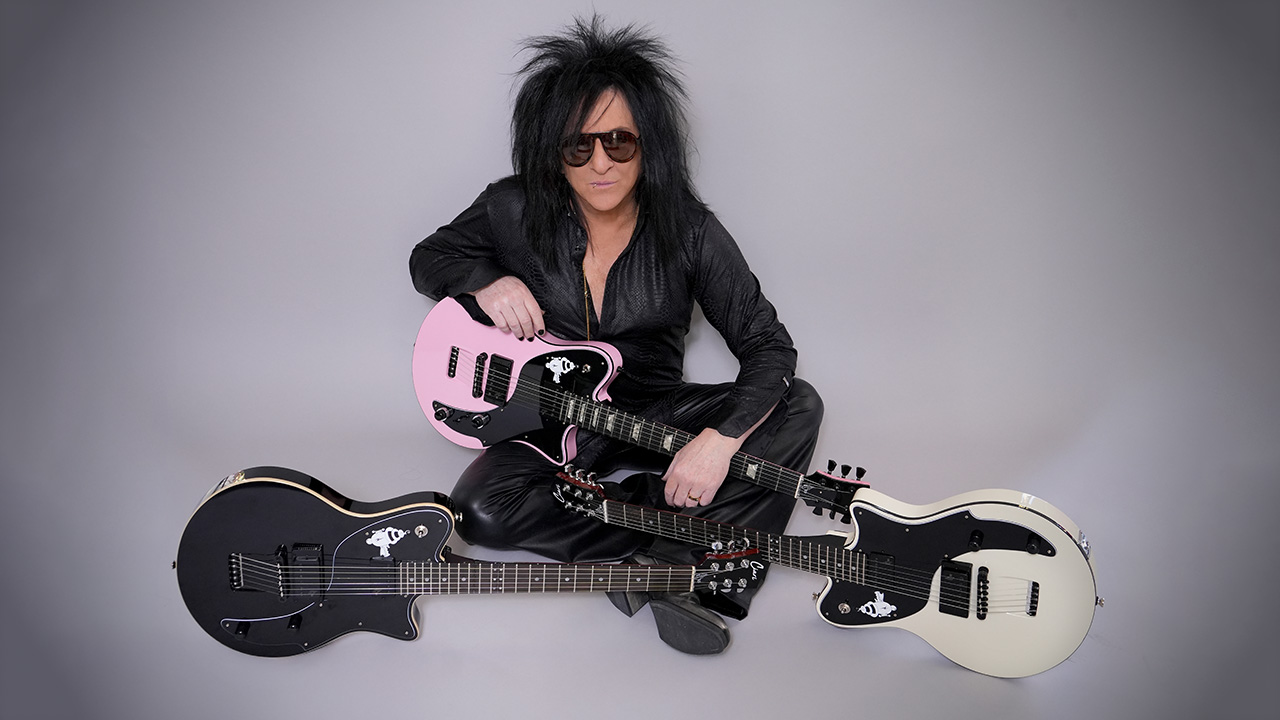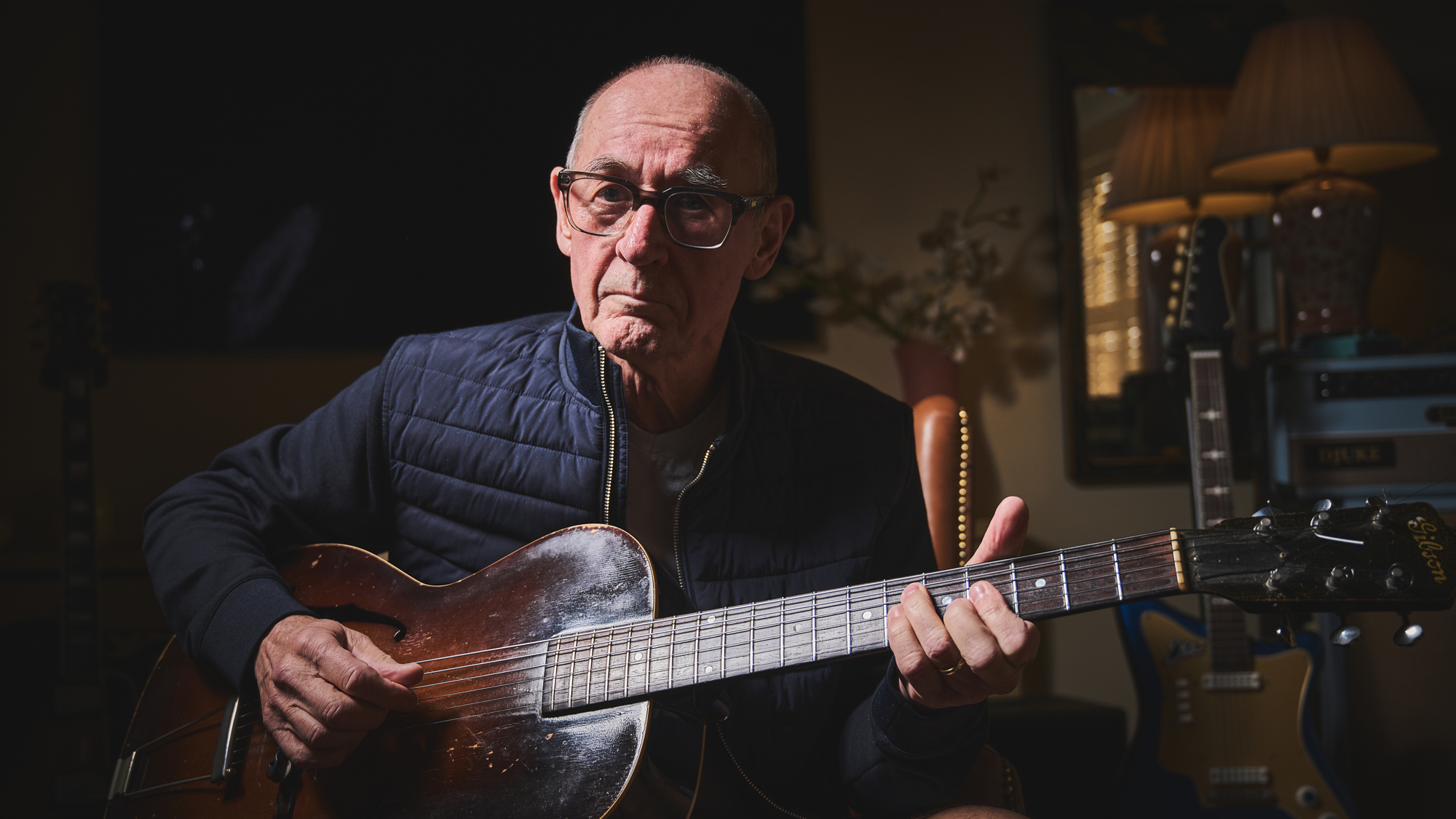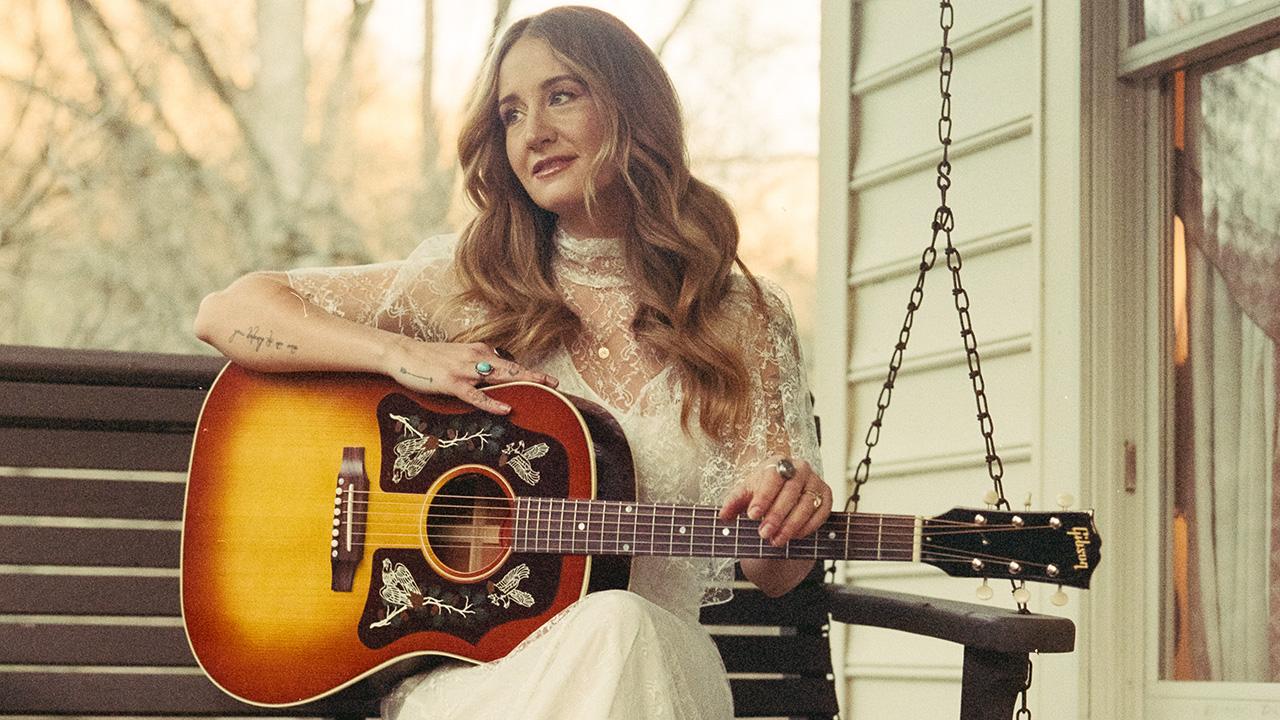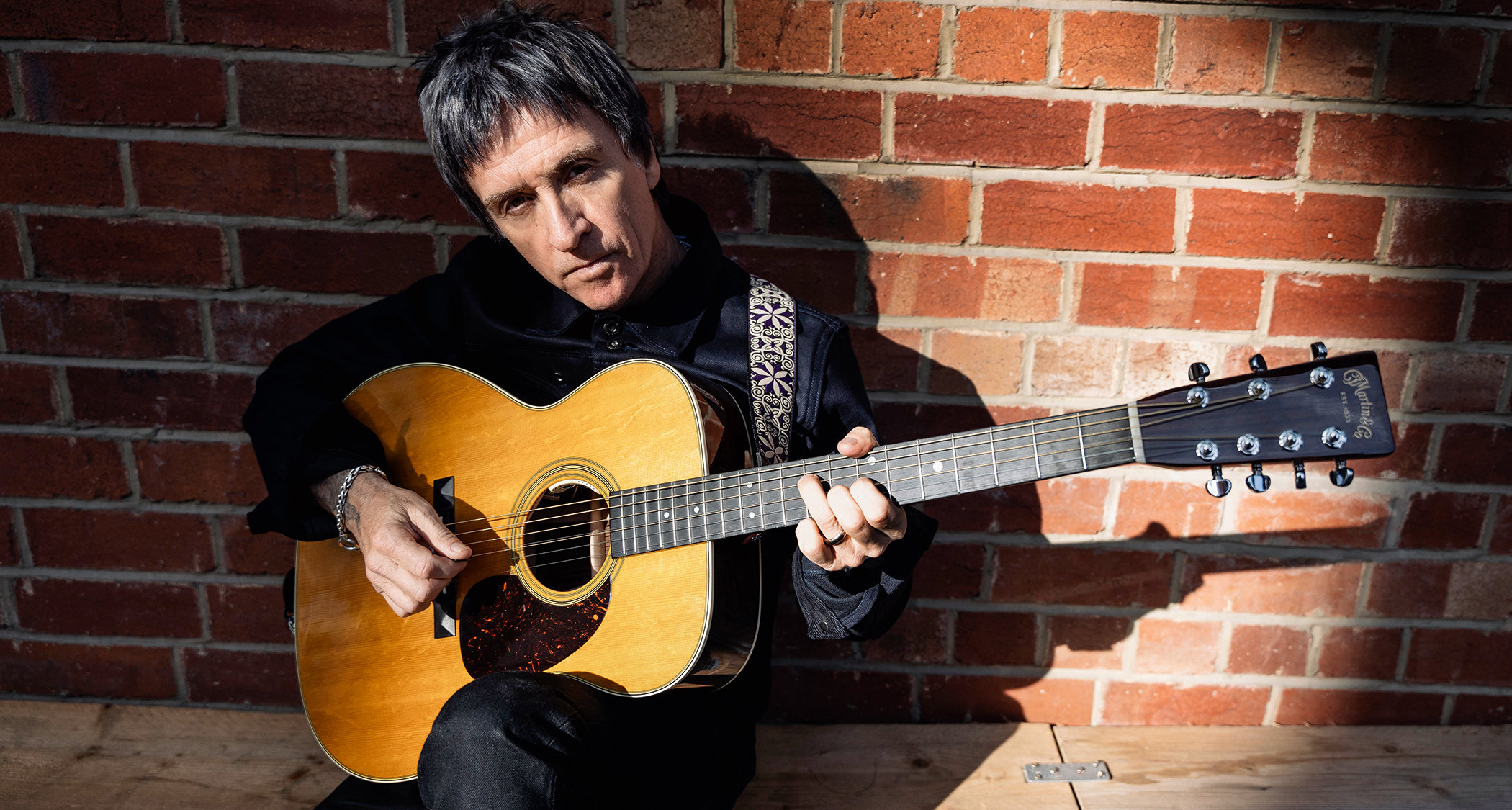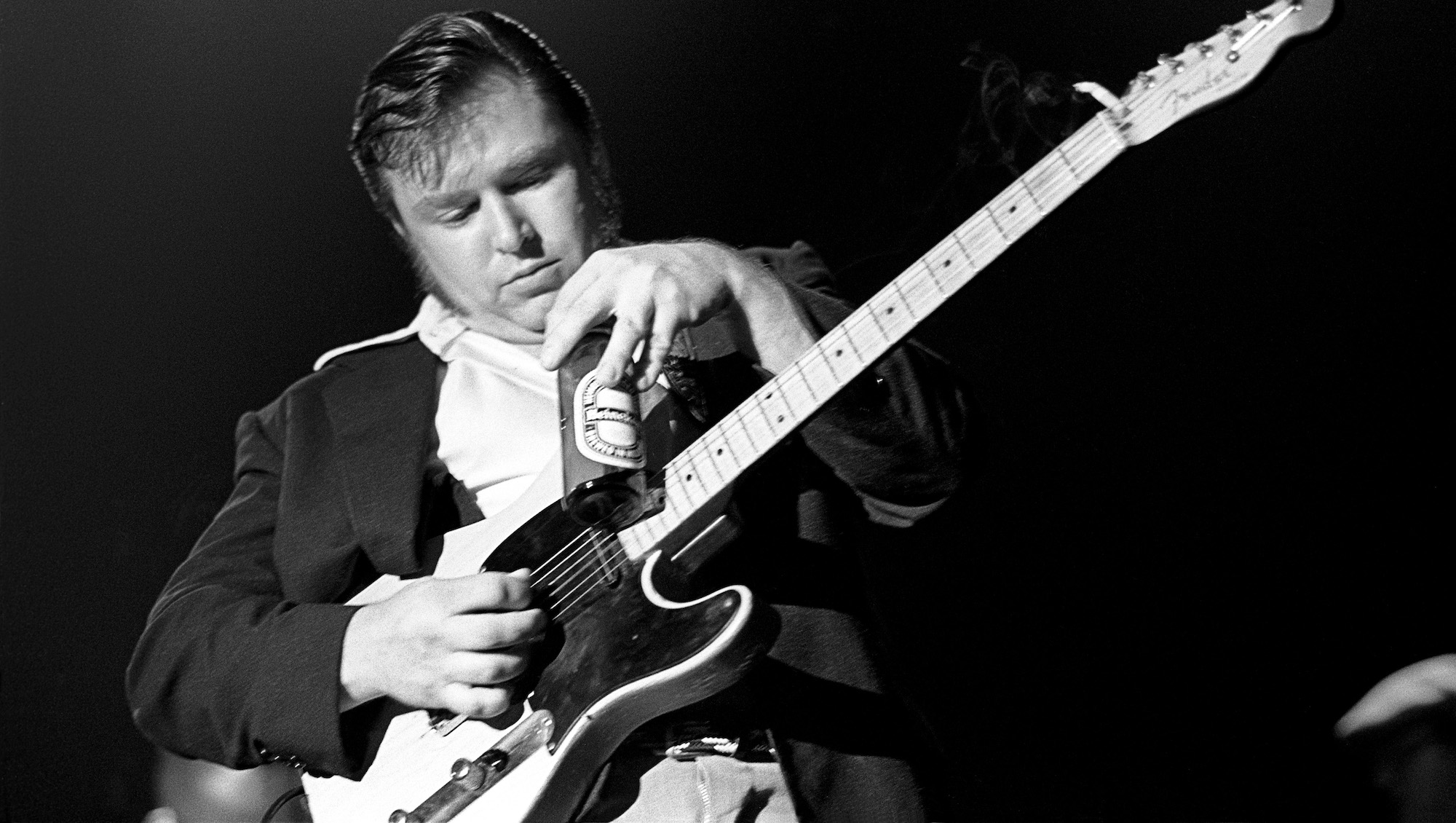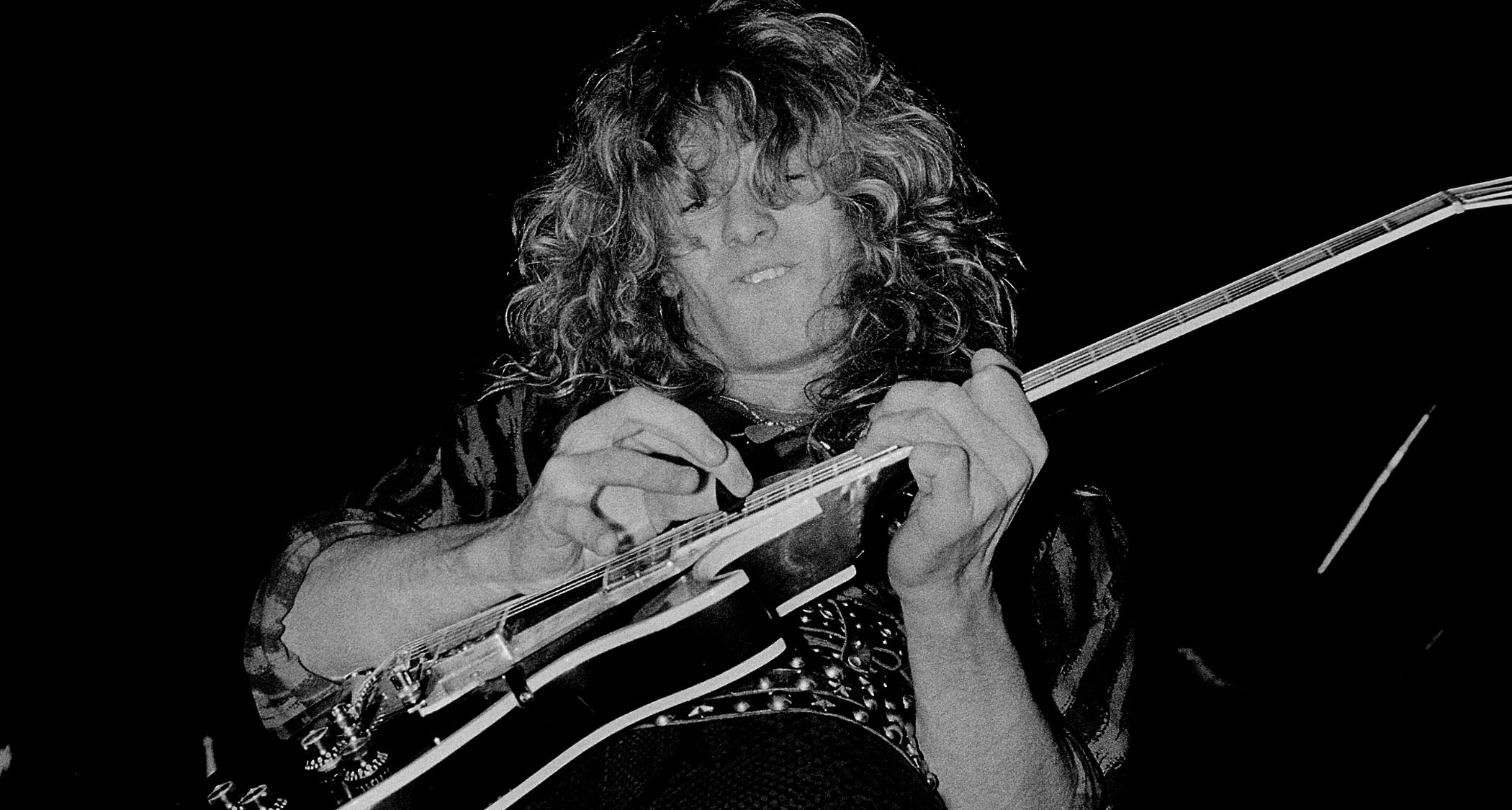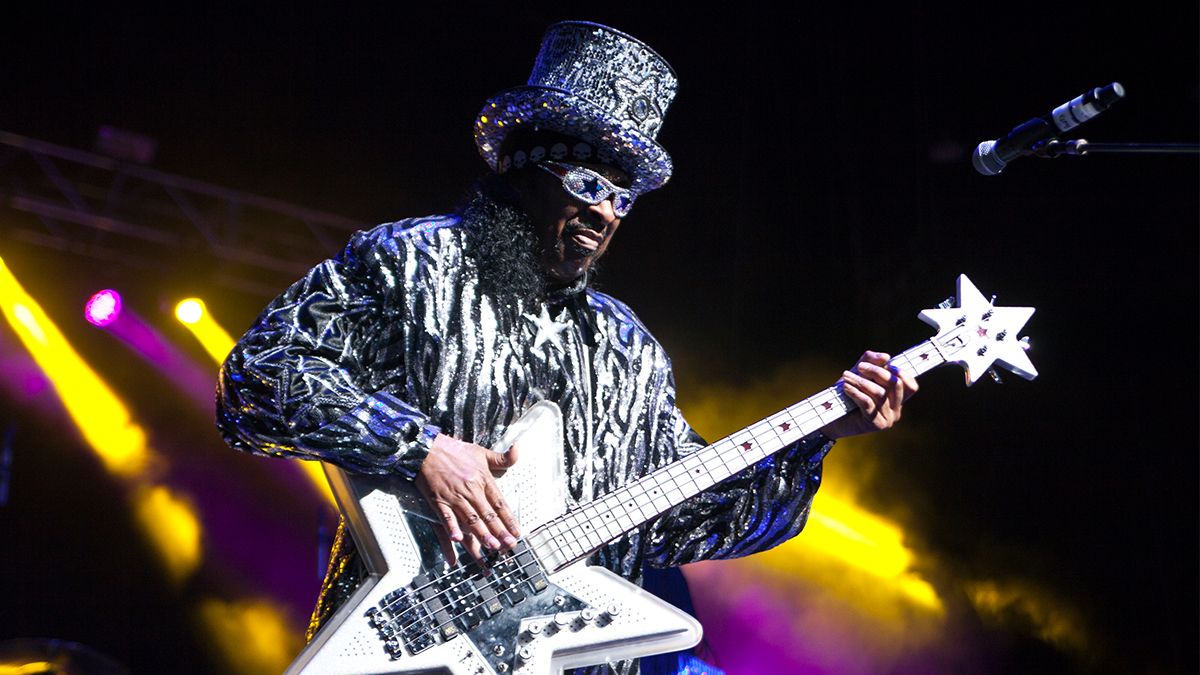“That move from F to Ab is either a clever allusion… or it’s an accident!” He’s one of the most influential bassists of all time, but did Motown’s James Jamerson make a mistake on this 1969 hit record?
How Jamerson’s ‘mistake’ helped set the foundation for The Temptations’ No. 1 hit

When it comes to James Jamerson aficionados and experts, few rival Ron Brown. A top Los Angeles session bassist from the mid '60s to the late '70s, Brown befriended the Motown genius and became an authority on his style, often transcribing Jamerson’s basslines.
Not that Brown didn't have it going on himself. His 1958 Fender Precision can be heard on such hit singles as the Jackson 5's Never Can Say Goodbye, Marvin Gaye's I Want You, Barry White's I'm Gonna Love You Just a Little More Baby, and the Beach Boys' Here Comes the Night.
In 1969, while on a tour with the Fifth Dimension in Detroit, Brown was brought by producer Frank Wilson to Hitsville Studio to meet James Jamerson for the first time. “I was beside myself,” Brown told Bass Player. “But James was just as nice as he could be, letting me try his bass and read the chart for the session.”
When asked to pick a Jamerson bassline to transcribe and analyze, Brown chose the Temptations' 1969 No. 1 hit I Can't Get Next to You, which finds Jamerson at his peak powers, issuing a brilliant, propulsive part.
“It's a prime example of how he drove a track from the bottom while the vocalists drove it from the top. The presence of those two melodies is what made Motown unique and special.
“And that move from F to Ab (at 02:17) is either a clever allusion to both the tonic and the inversion of the chord, or it's an accident! I think I hear a similar incident in Marvin Gaye’s Ain't That Peculiar.”
After Earl Van Dyke's bluesy rubato piano intro, the groove kicks off. For the first verse, Jamerson – likely on his famed Funk Machine, a stock, sunburst '62 P-Bass – grabs a unison line with the guitars and keyboard. He plucked, as always, with only his index finger, aka “the Hook.”
Get The Pick Newsletter
All the latest guitar news, interviews, lessons, reviews, deals and more, direct to your inbox!
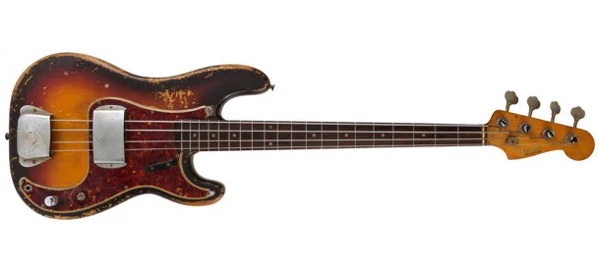
According to Brown, the subtle swing feel present in everything Jamerson and the Funk Brothers played is an important element of his style. That's especially true in straight feels like this one; you can really hear the swing in the pickups to beats one and four, which feel more like triplets than 16ths.
Jamerson stays with this figure until bar 12, where he introduces one of his trademark fills leading into the first chorus – a key shape that he develops as the song goes along. “The drop-down from C to the open E in beats two and four is a classic Jamerson move, probably rooted in his jazz upright background.
“His use of open strings as passing tones to get around is well documented, but dynamics were another key part to his sound – accenting and emphasizing different notes and varying his touch within a measure.”
The chorus finds Jamerson slyly spelling out the F and Fm chords, before adding a chromatic-laden fill at 00:44, similar to the shape he introduced at 00:40.
“In bar 14, the B on beat four's downbeat might seem odd, but he's able to get away with it. It works in the context of the overall phrase and with James' deep, staccato sound – thanks to his touch, old flatwound strings, and the foam rubber under his P-Bass's bridge cover.”
At the second verse, Jamerson really digs in with a syncopated figure and a fill at 01:00, a sequence that repeats throughout the verse. Check out the subtle differences – both rhythmic and pitch-wise.
“James had an uncanny sense of time that allowed him to trick the ear; he'd make you think he was going to do something out of time, but he'd always make it back.”
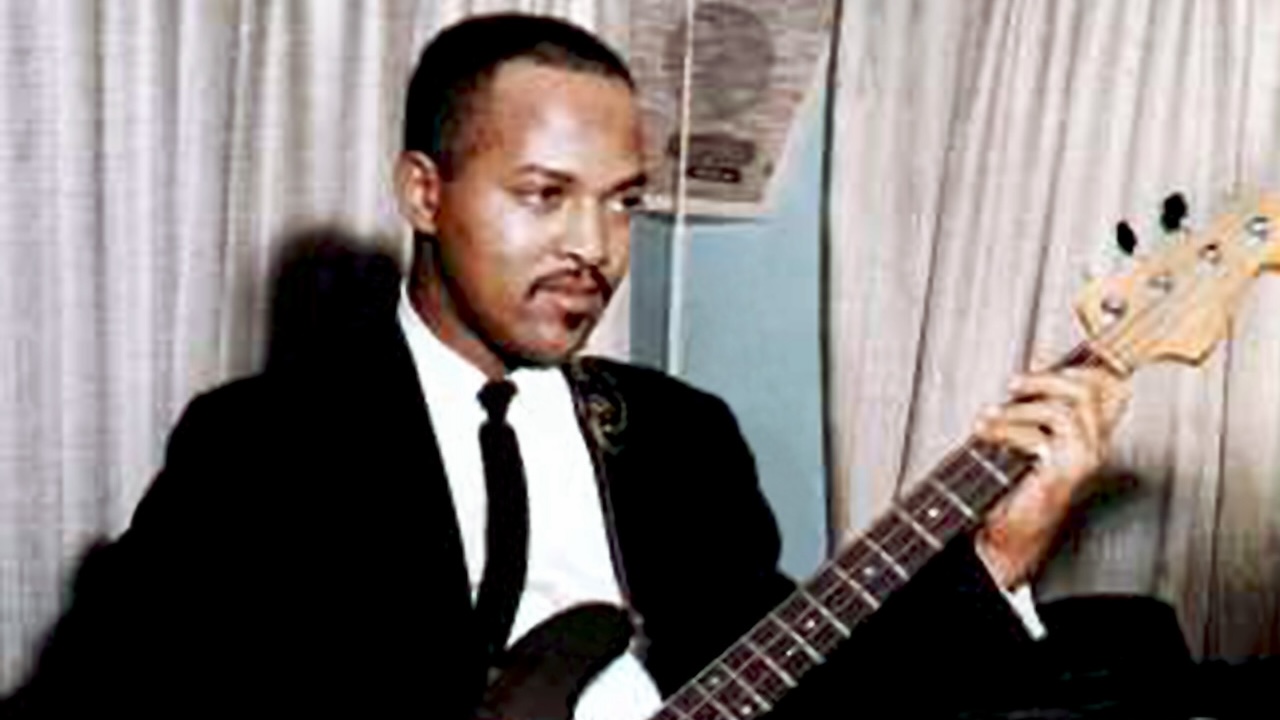
As the second chorus arrives, Jamerson shakes things up a bit in his fill by playing four 16th-notes on the downbeat. He also adds more motion, leading to the two-bar drum break at 01:26. Listen for the jangly guitar riff in the breakdown, with its top notes E, D, and C – which Jamerson coolly answers with the more bluesy F, Eb, and C.
Chorus three holds some more pearls. Jamerson moves upward in motion and pitch for the first time, setting the stage for one of his trademark arpeggio drops on the measure's last four notes: G, E, C, and E.
For the out chorus, Jamerson does one of his typical builds, starting simply and adding motion, and pitched ghost-notes. “His so-called ghost-notes could vary from a dead thump to a dampened pitch: he would lightly fret a note with his left hand and also stop it with his right hand.”
Right before the fade, Jamerson reaches a rhythmic climax, playing 16ths on the last two beats.
“James was in a class entirely by himself. He set the tone and foundation for the electric bass guitar and brought it to the forefront of contemporary music.”
Chris Jisi was Contributing Editor, Senior Contributing Editor, and Editor In Chief on Bass Player 1989-2018. He is the author of Brave New Bass, a compilation of interviews with bass players like Marcus Miller, Flea, Will Lee, Tony Levin, Jeff Berlin, Les Claypool and more, and The Fretless Bass, with insight from over 25 masters including Tony Levin, Marcus Miller, Gary Willis, Richard Bona, Jimmy Haslip, and Percy Jones.
You must confirm your public display name before commenting
Please logout and then login again, you will then be prompted to enter your display name.
“I asked him to get me four bass strings because I only had a $29 guitar from Sears”: Bootsy Collins is one of the all-time bass greats, but he started out on guitar. Here’s the sole reason why he switched
“I got that bass for $50 off this coke dealer. I don’t know what Jaco did to it, but he totally messed up the insides!” How Cro-Mags’ Harley Flanagan went from buying a Jaco Pastorius bass on the street to fronting one of hardcore’s most influential bands


